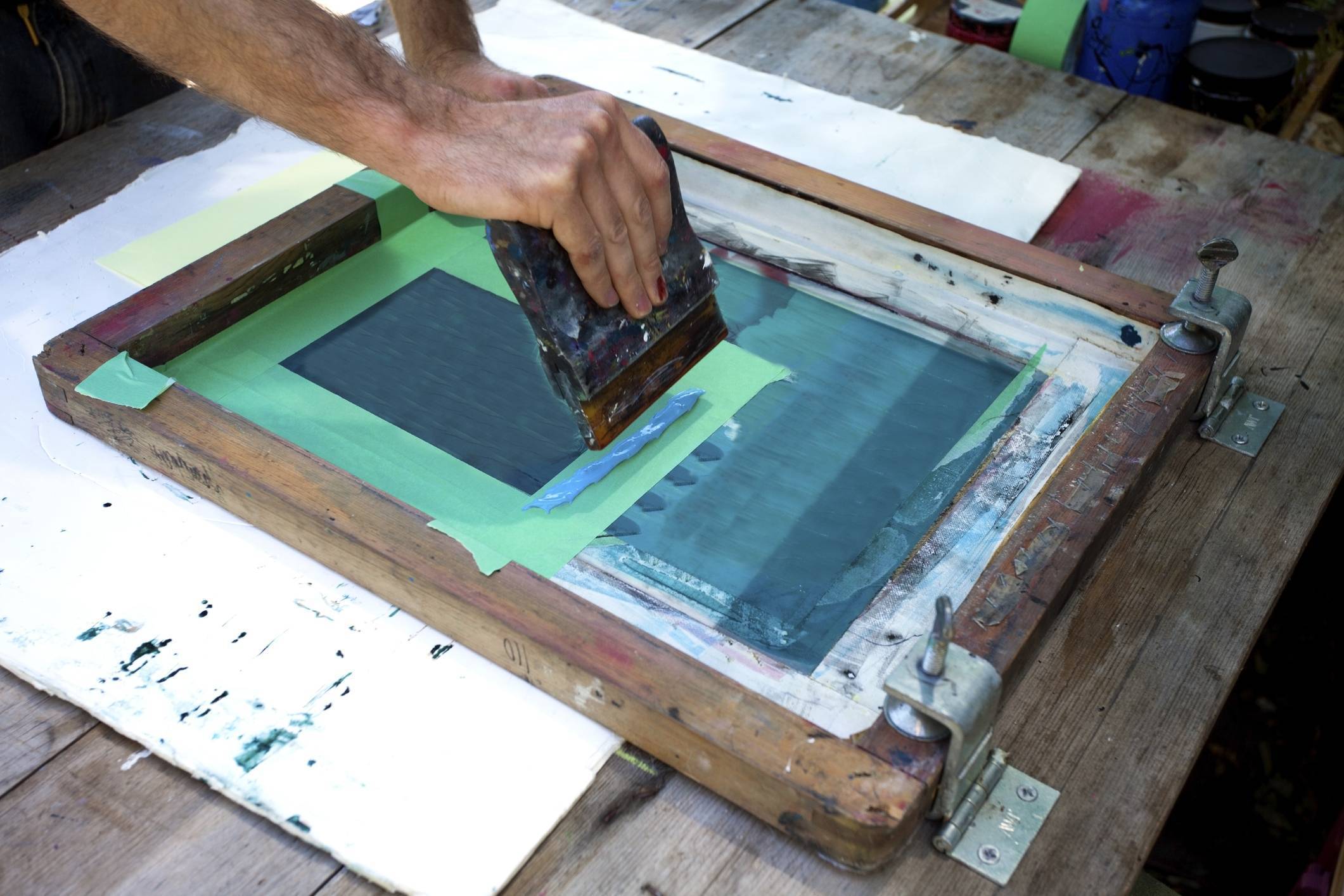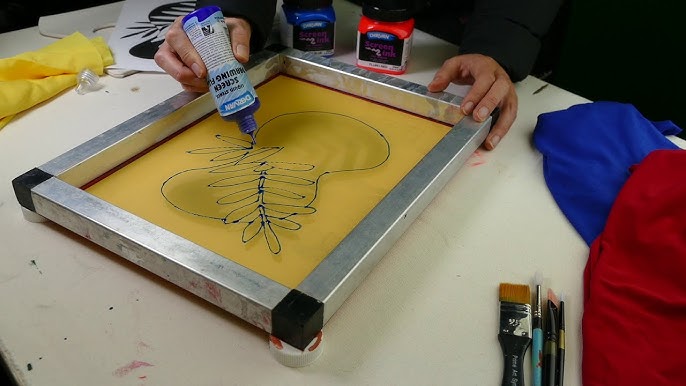ChatGPT said: How to customize your apparel with 10:9 Design Screen Printing in a simple process
The Essential Guide to Comprehending Screen Printing and Its Versatile Makes use of
Screen printing has an abundant background that goes back to ancient times, developing into a sophisticated strategy used throughout different sectors today. This overview discovers the complexities of the screen printing process, describing its applications in style, advertising and marketing, and home design - 10:9 Design Company. Comprehending these fundamentals can open creative potential for both artistic and business jobs. The adhering to sections will reveal important pointers and strategies to improve one's screen printing undertakings
The Background of Screen Printing
Although screen printing has origins that map back centuries, its evolution mirrors the creative and technical innovations of numerous cultures. Coming from ancient China, the method was at first utilized for decorating fabrics and later spread to Japan, where it ended up being integral to Ukiyo-e woodblock printing. The technique shifted to Europe in the 18th century, where it gained popularity among craftsmens and industrial printers. The development of picture solution in the 20th century changed screen printing, permitting for even more elaborate layouts and better efficiency. Artists like Andy Warhol further moved its appeal, using the tool to create legendary works that combined commercialism and art. By the late 20th century, screen printing had actually developed itself as a flexible technique, employed in fashion, advertising, and fine art. Today, it remains to develop, integrating electronic technology and increasing its applications throughout different industries.
The Screen Printing Refine Explained
Screen printing changes imaginative visions into substantial styles through a collection of precise actions. An image is developed and then transferred onto a screen, commonly made of great mesh fabric stretched over a structure. A light-sensitive emulsion is related to the screen, which is revealed to light, hardening in locations not covered by the picture. After rinsing the unhardened emulsion, a stencil is formed.
Next off, the screen is put over the substratum, whether it be fabric, paper, or one more material. Ink is after that pushed through the open locations of the pattern using a squeegee, depositing the layout onto the substratum listed below. This procedure can be duplicated for several colors, calling for different displays for each and every hue. Lastly, the published product is treated making use of heat to ensure the ink sticks effectively, resulting in a resilient, dynamic style all set for use.
Sorts Of Screen Printing Techniques

In addition, specialty strategies, such as discharge screen printing, get rid of color from the textile to produce softer prints, while foil screen printing applies metallic aluminum foil to achieve a shiny finish (10:9 Design Embroidery). Each strategy offers distinct features, accommodating numerous imaginative demands and manufacturing scales, eventually broadening the opportunities within the screen printing domain
Applications of Screen Printing in Various Industries

Additionally, the signs and advertising markets make use of screen printing for developing appealing display screens and banners. This method permits vibrant colors and elaborate designs that record attention. In electronic devices, screen printing is utilized for using conductive inks to motherboard, vital for component connections. In addition, the home style market embraces screen printing to generate unique designs on fabrics and wall art. On the whole, screen printing functions as a vital device throughout diverse areas, improving items with customized and aesthetically enticing graphics.
Tips for Effective Screen Printing Projects
While taking on a screen printing job, mindful attention to detail can substantially improve the last end result. Selecting high-grade materials is crucial; this includes the screen, inks, and substrates. Using ideal mesh counts can impact ink deposition and information resolution. Prep work is similarly important; complete cleansing of screens and appropriate exposure times ensure crisp prints.
Next, exact registration is crucial for multi-color prints. Making use of placement devices can assist accomplish accurate layering. Furthermore, screening prints on scrap products before production helps determine possible issues without squandering resources.

Frequently Asked Concerns
What Materials Are Ideal for Screen Printing on Textile?
Cotton and polyester blends are suitable for screen printing on fabric because of their longevity and ink absorption. Furthermore, specialized textiles like silk or canvas can produce one-of-a-kind textures and surfaces, boosting the total style top quality.
Exactly how Do I Tidy and Maintain Screen Printing Equipment?
To clean up and keep screen printing devices, one must on a regular basis wash screens with suitable solvents, evaluate mops for wear, lubricate moving parts, and store all products in a dry, dust-free atmosphere to lengthen their lifespan.
What Are the Ecological Impacts of Screen Printing?
Screen printing can have significant environmental impacts, including chemical waste from solvents and inks, water usage during cleaning processes, and energy usage. Lasting techniques and environment-friendly materials are crucial for lessening these negative results.
Can Screen Printing Be Done at Home Successfully?
Screen printing can be successfully done at home with the appropriate products and strategies. Enthusiasts can produce high quality prints, though success depends upon their skill level, equipment, and understanding of the process entailed.
What Are the Prices Connected With Beginning a Screen Printing Company?

Beginning a screen printing service entails expenses for tools, products, and work area. Initial expenditures normally range from a few hundred to numerous thousand dollars, relying on the range, quality of equipment, and preferred manufacturing capability.
Screen printing has a rich background that dates back to ancient times, advancing into an innovative method made use of throughout various sectors today. One more method, rotary screen printing, uses round displays, facilitating constant printing on material rolls, therefore boosting efficiency for large manufacturings. Furthermore, specialized techniques, such as discharge screen printing, remove color from the textile to develop softer prints, while aluminum foil screen printing uses metallic aluminum foil to attain a shiny coating. In the fashion market, screen printing is extensively used to develop vivid designs on apparel, enabling brands to display their unique designs. Cotton and polyester blends are optimal for screen printing on fabric due to their sturdiness and ink absorption.